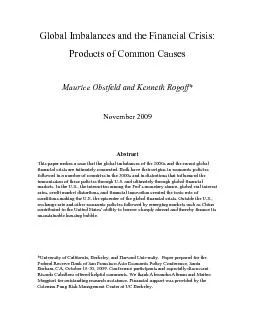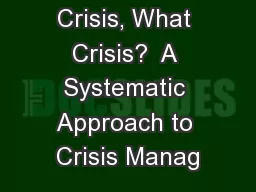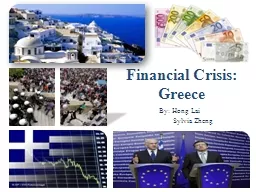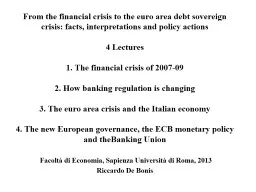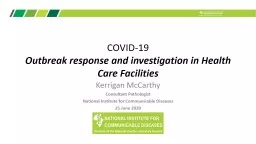PDF-Until the outbreak of financial crisis in August 2007, the mid-2000s w
Author : stefany-barnette | Published Date : 2017-01-10
Bernanke 2009 financial markets And those markets having been progressively deregulated since the 1970s were confronted by a particularly fragmented and ineffective
Presentation Embed Code
Download Presentation
Download Presentation The PPT/PDF document "Until the outbreak of financial crisis i..." is the property of its rightful owner. Permission is granted to download and print the materials on this website for personal, non-commercial use only, and to display it on your personal computer provided you do not modify the materials and that you retain all copyright notices contained in the materials. By downloading content from our website, you accept the terms of this agreement.
Until the outbreak of financial crisis in August 2007, the mid-2000s w: Transcript
Download Rules Of Document
"Until the outbreak of financial crisis in August 2007, the mid-2000s w"The content belongs to its owner. You may download and print it for personal use, without modification, and keep all copyright notices. By downloading, you agree to these terms.
Related Documents

